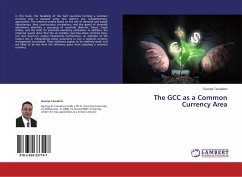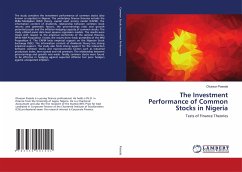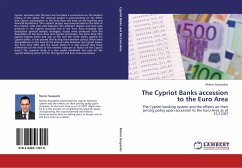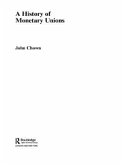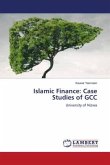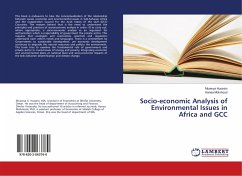In this book, the feasibility of the Gulf countries forming a common currency area is assessed using two distinct, but complementary, approaches. The empirical results based on the size of demand and supply disturbances, their cross-country correlations, and the speed of domestic adjustment identifies a grouping of countries (Bahrain, Oman, Saudi Arabia, and the UAE) for potential monetary unification. In addition, the empirical results show that the six member countries share common long-run and short-run cyclical movements. Furthermore, an estimate of the output loss in relinquishing policy autonomy to join a regional currency arrangement is provided. These estimates appear to be relatively small, and are likely to be less than the efficiency gains from adopting a common currency.
Bitte wählen Sie Ihr Anliegen aus.
Rechnungen
Retourenschein anfordern
Bestellstatus
Storno

